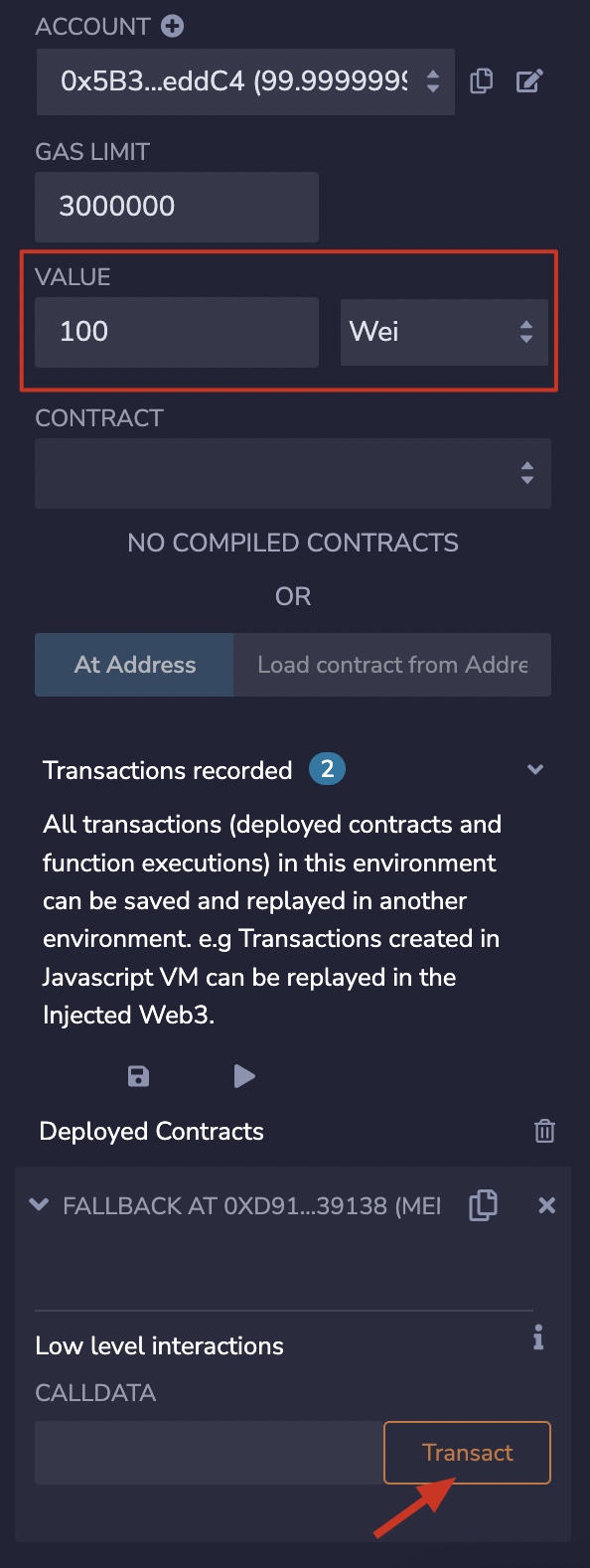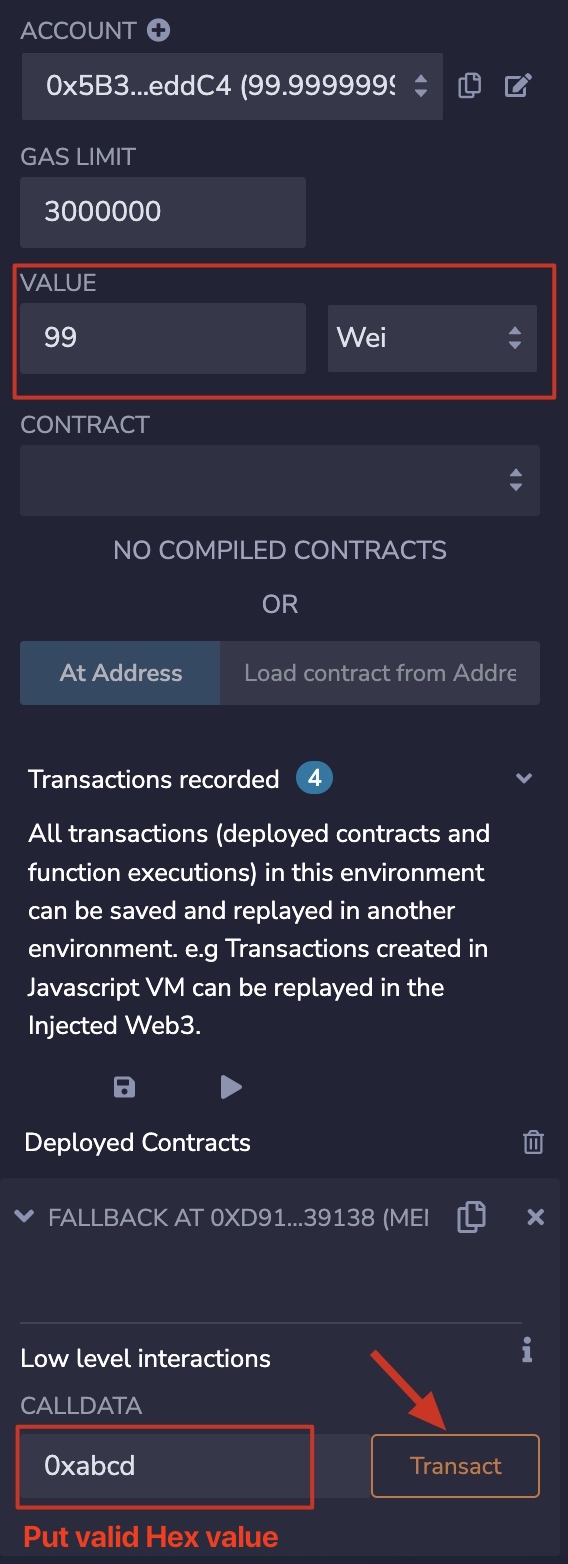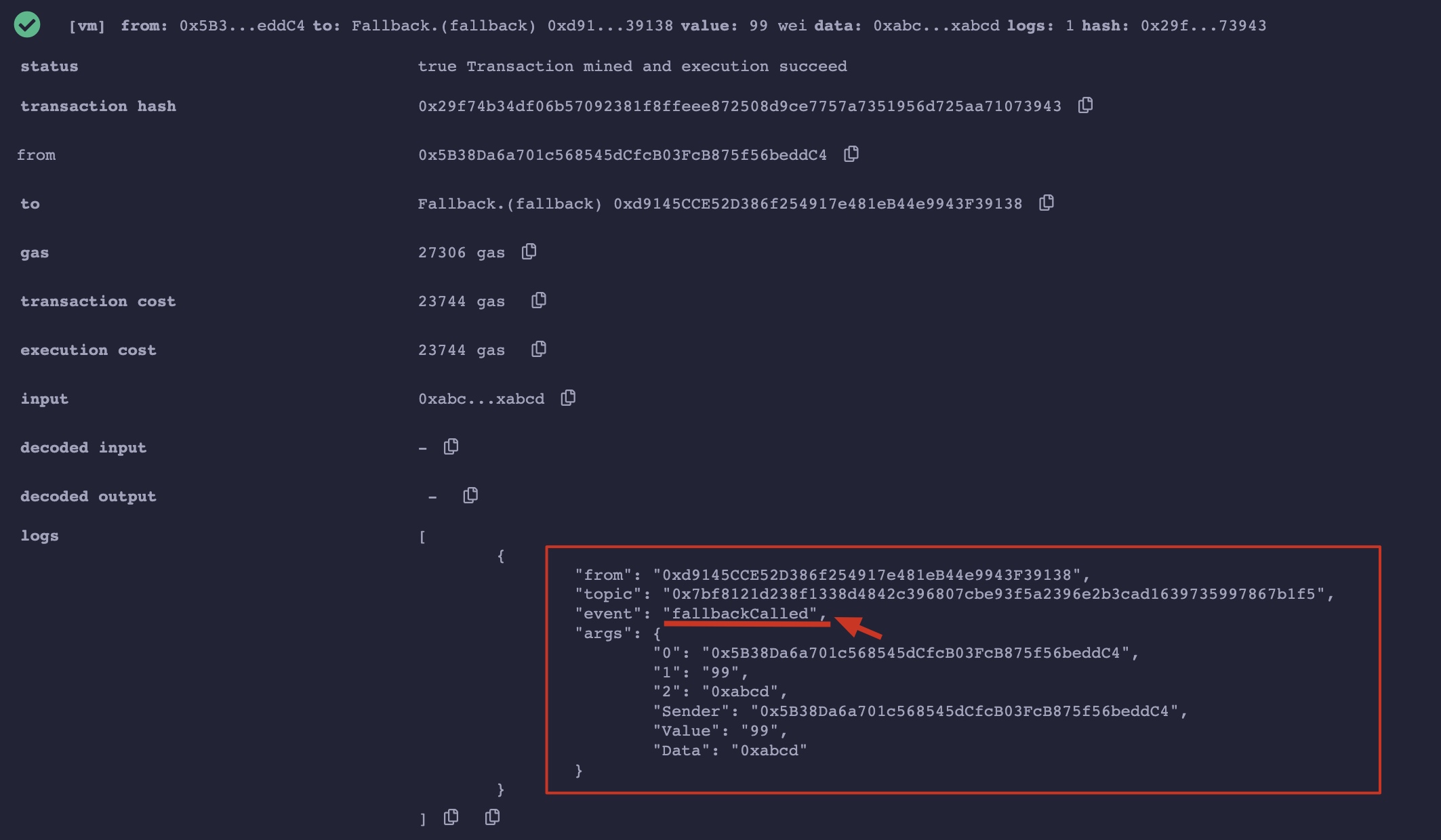WTF Solidity: 19. Receive ETH, receive and fallback
Twitter: @0xAA_Science | @WTFAcademy_
Community: Discord|Wechat|Website wtf.academy
Codes and tutorials are open source on GitHub: github.com/AmazingAng/WTFSolidity
Solidity has two special functions, receive() and fallback(), they are primarily used in two circumstances.
- Receive Ether
- Handle calls to contract if none of the other functions match the given function signature (e.g. proxy contract)
Note⚠️: Prior to solidity 0.6.x, only fallback() was available, for receiving Ether and as a fallback function.
After version 0.6, fallback() was separated to receive() and fallback().
In this tutorial we focus on receiving Ether.
Receiving ETH Function: receive()
The receive() function is solely used for receiving ETH. A contract can have at most one receive() function, declared not like others, no function keyword is needed: receive() external payable { ... }. This function cannot have arguments, cannot return anything and must have external visibility and payable state mutability.
receive() is executed on plain Ether transfers to a contract. You should not perform too much operations in receive(), when sending Ether with send or transfer, only 2300 gas is available, complicated operations will trigger Out of Gas error; instead you should use call function which can specify gas limit. (We will cover all three ways of sending Ether later).
We can send an event in receive() function, for example:
// Declare event
event Received(address Sender, uint Value);
// Emit Received event
receive() external payable {
emit Received(msg.sender, msg.value);
}
Some malicious contracts intentionally add codes in receive() (fallback() prior to Solidity 0.6.x), which consume massive gas or cause the transaction get reverted. So that will make some refund or transfer function fail, pay attention to such risks when writing such operations.
Fallback Function: fallback()
The fallback() function is executed on a call to the contract if none of the other functions match the given function signature, or if no data was supplied at all and there is no receive Ether function. It can be used to receive Ether or in proxy contract. fallback() is declared without the function keyword, and must have external visibility, it often has payable state mutability, which is used to receive Ether: fallback() external payable { ... }.
Let's declare a fallback() function, which will send a fallbackCalled event, with msg.sender, msg.value and msg.data as parameters:
event fallbackCalled(address Sender, uint Value, bytes Data);
// fallback
fallback() external payable{
emit fallbackCalled(msg.sender, msg.value, msg.data);
}
Difference between receive and fallback
Both receive and fallback can receive ETH, they are triggered in such orders:
Execute fallback() or receive()?
Receive ETH
|
msg.data is empty?
/ \
Yes No
/ \
Has receive()? fallback()
/ \
Yes No
/ \
receive() fallback()
To put it simply, when a contract receives ETH, receive() will be executed if msg.data is empty and receive() function presents; on the other hand, fallback() will be executed if msg.data is not empty or there is no receive() declared, in such case fallback() must be payable.
If neither receive() or payable fallback() is declared in the contract, receiving ETH will fail.
Test on Remix
First deploy "Fallback.sol" on Remix.
Put the value (in Wei) you want to send to the contract in "VALUE", then click "Transact".

The transaction succeeded, and "receivedCalled" event emitted.

Put the value you want to send to the contract in "VALUE", and put any valid
msg.datain "CALLDATA", click "Transact".
The transaction succeeded, and "fallbackCalled" event emitted. "fallbackCalled".

Summary
In this tutorial, we talked about two special functions in Solidity, receive() and fallback(), they are mostly used in receiving ETH, and proxy contract.